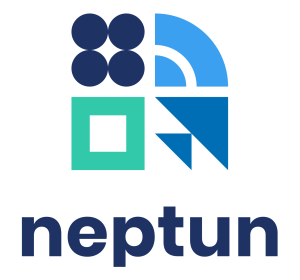If you are still using the so called "old" Neptun student web interface, you can find the corresponding user guide here.
The Neptun educational system can be accessed from the website of the University of Pécs (and the individual faculties) by clicking on the top menu bar, on the sign/icon indicating the Neptun system.
We recommend using oig.pte.hu/neptun instead of the URLs recommended in the browser.
The recommended browsers for Neptun are Microsoft Internet Explorer, Mozilla Firefox, Google Chrome.
To use Neptun smoothly, please enable pop-up windows in your browser.

When accessing the Neptun web interface, a login screen appears, where the user can log in by entering their username and password (and selecting the language). The interface language can be changed at the bottom of the page after login. The Neptun interface is available in three languages: English, German and Hungarian. Choose the language you wish to use the system in, and be sure that automatic translation is disabled, as it can show you different translations than the official menu names, therefore you will not be able to understand the further guides.
The user name can be a six-digit Neptun code (ABC123) consisting of capital letters and numbers, or, if the user has been a student or employee of the University in the past, a seven-digit EHA code ending in .PTE (ABCDEF0.PTE) consisting of capital letters and numbers.

The University uses a central identification system, which means that all University applications require the same username and password. To protect users, the number of failed login attempts is limited, 20 failed login attempts per user within 20 minutes across all University applications will result in a 6-hour temporary login suspension. The program will therefore return two types of error message for failed login attempts:
- "Invalid username or password." - in case the username or password was entered incorrectly. It is worth paying attention to the difference between the letter zero and the capital letter O.
- "Your access privilege has been temporarily disabled." - in case the user has exceeded 20 failed login attempts, and they will be banned for 6 hours.
More information on password management
After successful login, the main page of the system will be displayed. In the top right corner, the name and Neptun code of the logged in user will be displayed in a drop-down menu. Below the username you will find the student's training program – with the name of the program, its code, level of training displayed. If the student has or has had more than one training program, the student can switch between all their trainings by clicking on the Switch Training button under the training data.
Under Personal information you can enter and modify personal data, manage contact details and your password.
More information on the management of personal data and contact information
In the Document storage, it is possible to upload a new document, view previously uploaded documents or documents and invoices generated in connection with the student's training.
In the Profile settings menu, it is possible to change the appearance settings, password settings.
On the X side of the page, there is a countdown timer that counts down based on the time of inactivity and logs the user out after 10 minutes. The Logout link at the bottom of the drop-down menu logs the user out immediately.
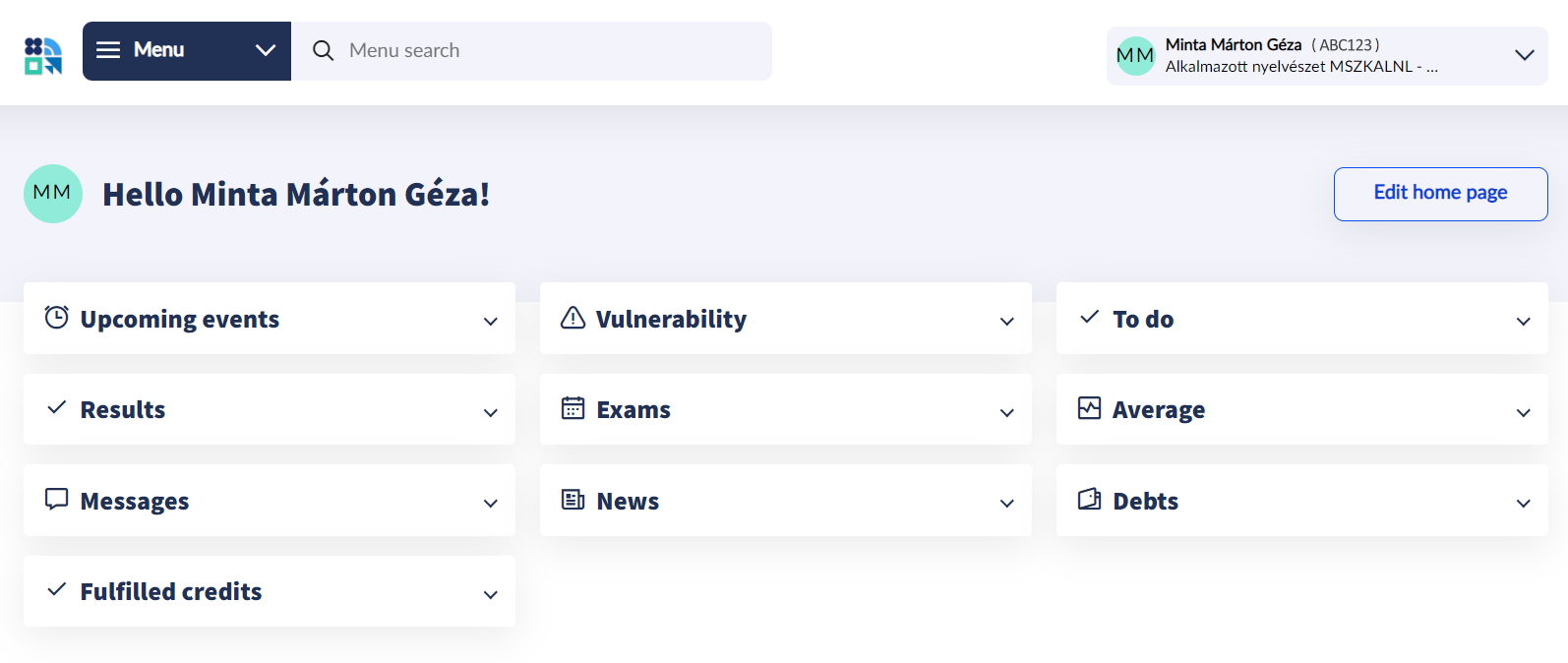
On the main page of the interface, icons and drop-down information boxes display upcoming events and tasks, news, financial debts, and messages received and sent. Of this block, the Messages menu is of particular importance. In the educational system, both user and automatic system messages can be sent. For the latter, you can set the message to be sent to your official e-mail address. An automatic message can be sent, for example, when the class schedule of a course is changed or when a new exam date is made available. User messages, for example if the instructor sends a personal message to the students of the course, are always sent to the official e-mail address.
More information on message settings
The drop-down menu next to the Neptun logo breaks tasks down into larger categories.
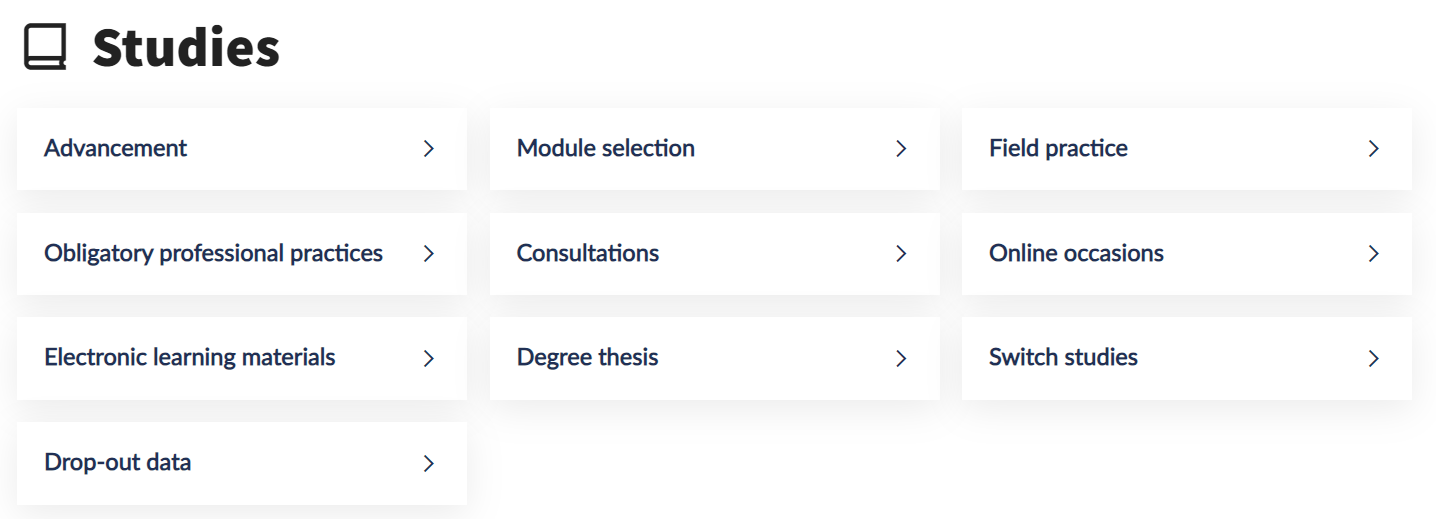
In the Studies menu provides information on academic advancement, curriculum status, online materials, but also thesis management.

The Subject menu manages the courses the student has registered to and provides information about the registered subjects. You can also manage mid-term assignments and offered grades under this menu.
More information on course and subject registration

The Exams menu’s primary function is to manage exam registration, but you can also access online exams, which are sets of exam questions that must be completed electronically.
More information on exam registration

The Finances menu covers the range of debts, fees and benefits to be paid. It is also possible to settle repeat exam fees and request invoices. Entering bank account information is only possible for students who do not have any bank accounts registered yet. For editing already registered bank accounts or adding new bank accounts, please reach out to the faculty Registrar's Offices, or the Central Registrar's Office (infokti@pte.hu).
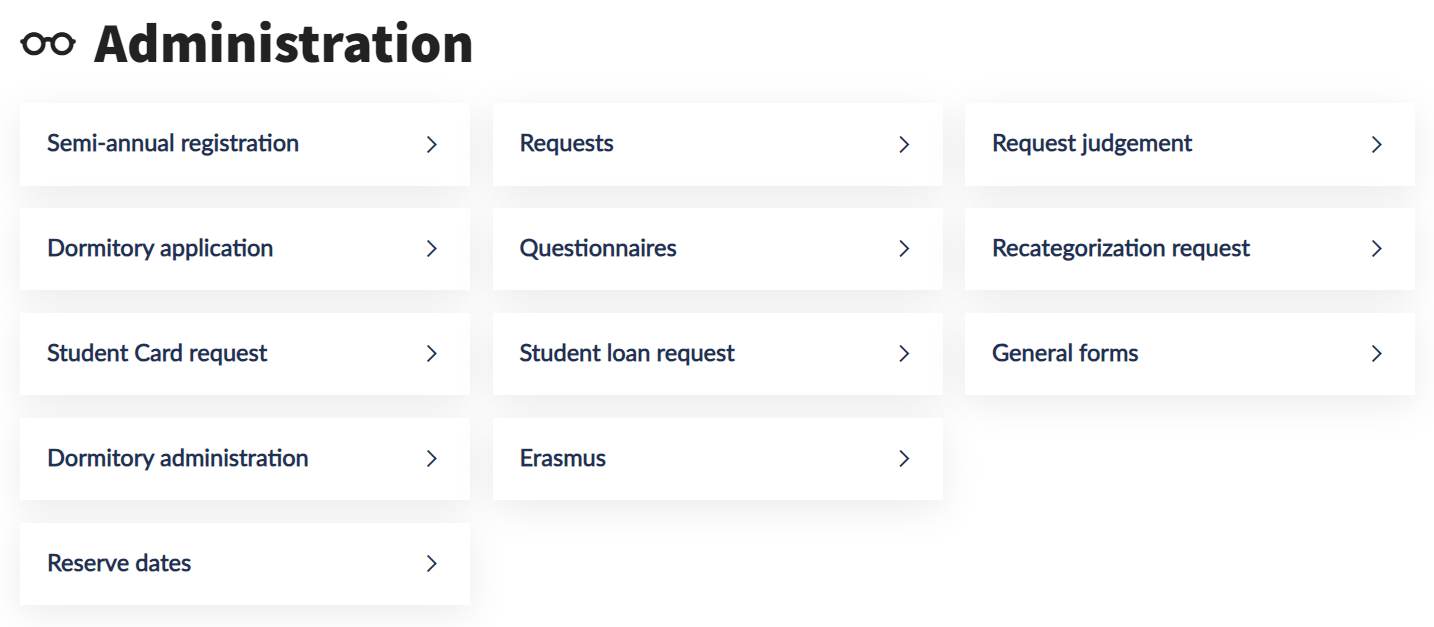
The Administration menu, as its name implies, is used for various administrative tasks. These tasks include (click on the link provided for detailed guides):
enrollment and semester registration,
student questionnaire on teacher feedback,
choosing a specialization/minor module.

The Information menu covers a number of different topics, but is not used for administration. You can find information on different study-related periods, subjects, students, classrooms, notes, or even student questionnaire on teacher feedback.
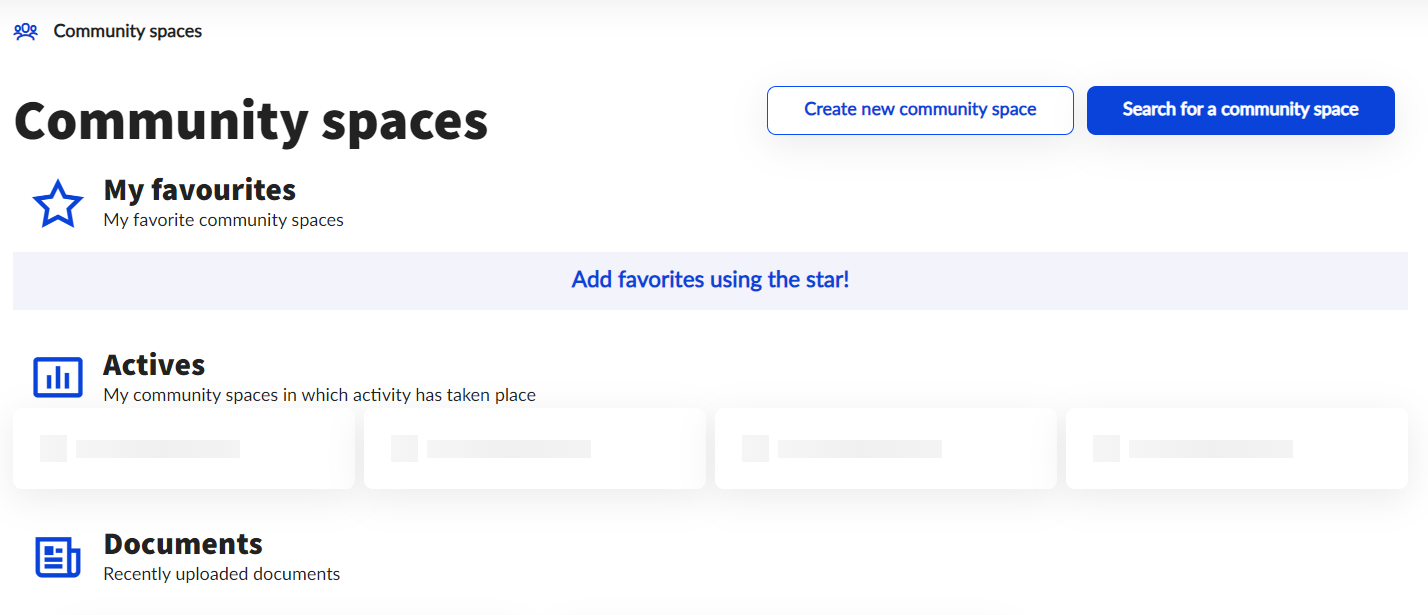
The Community Spaces menu took over the functionality of the interface previously known as Neptun Meet Street (NMS). The menu provides the opportunity to communicate within the course, share notes, materials and submit mid-term assignments.

